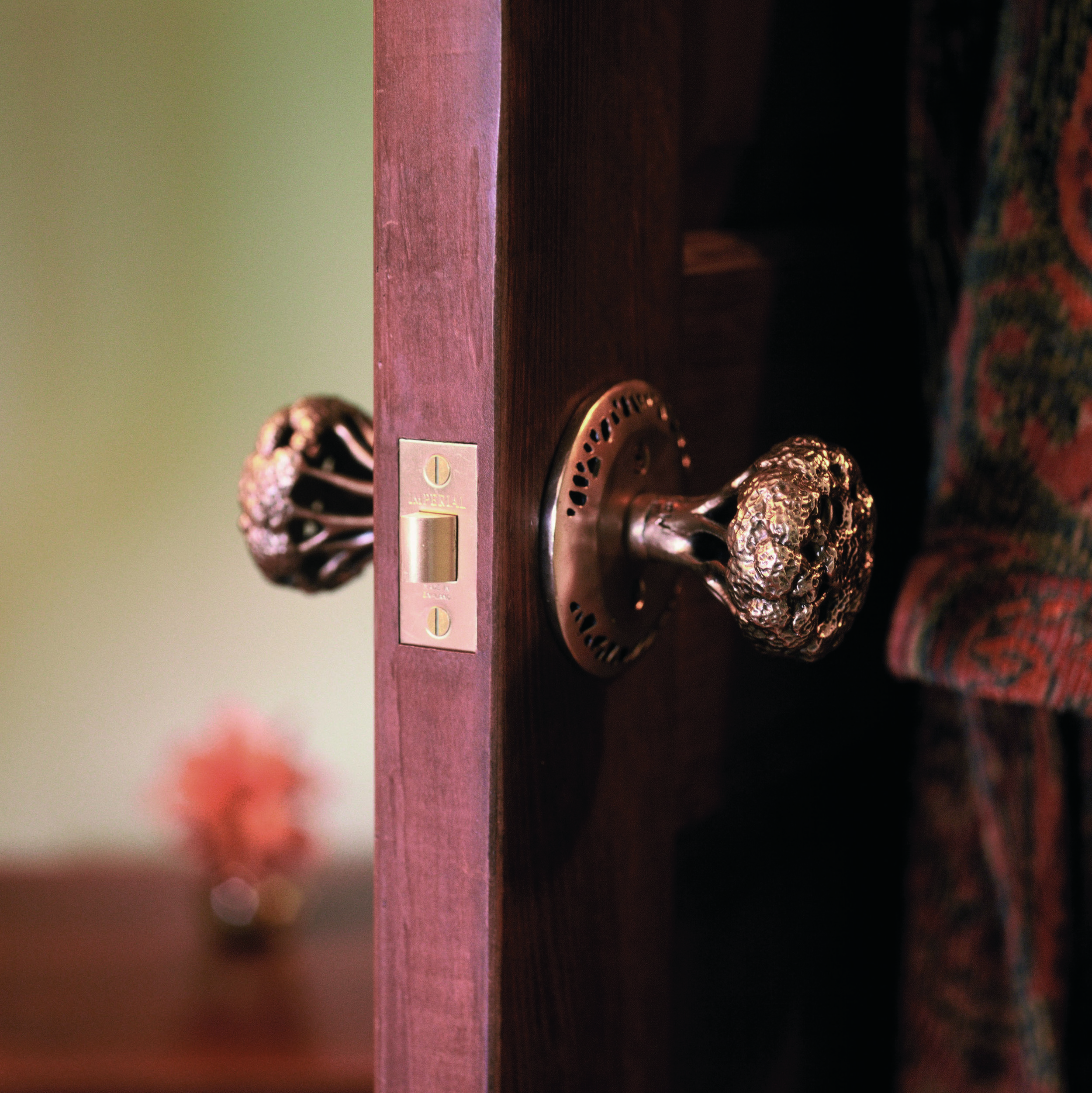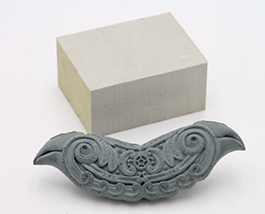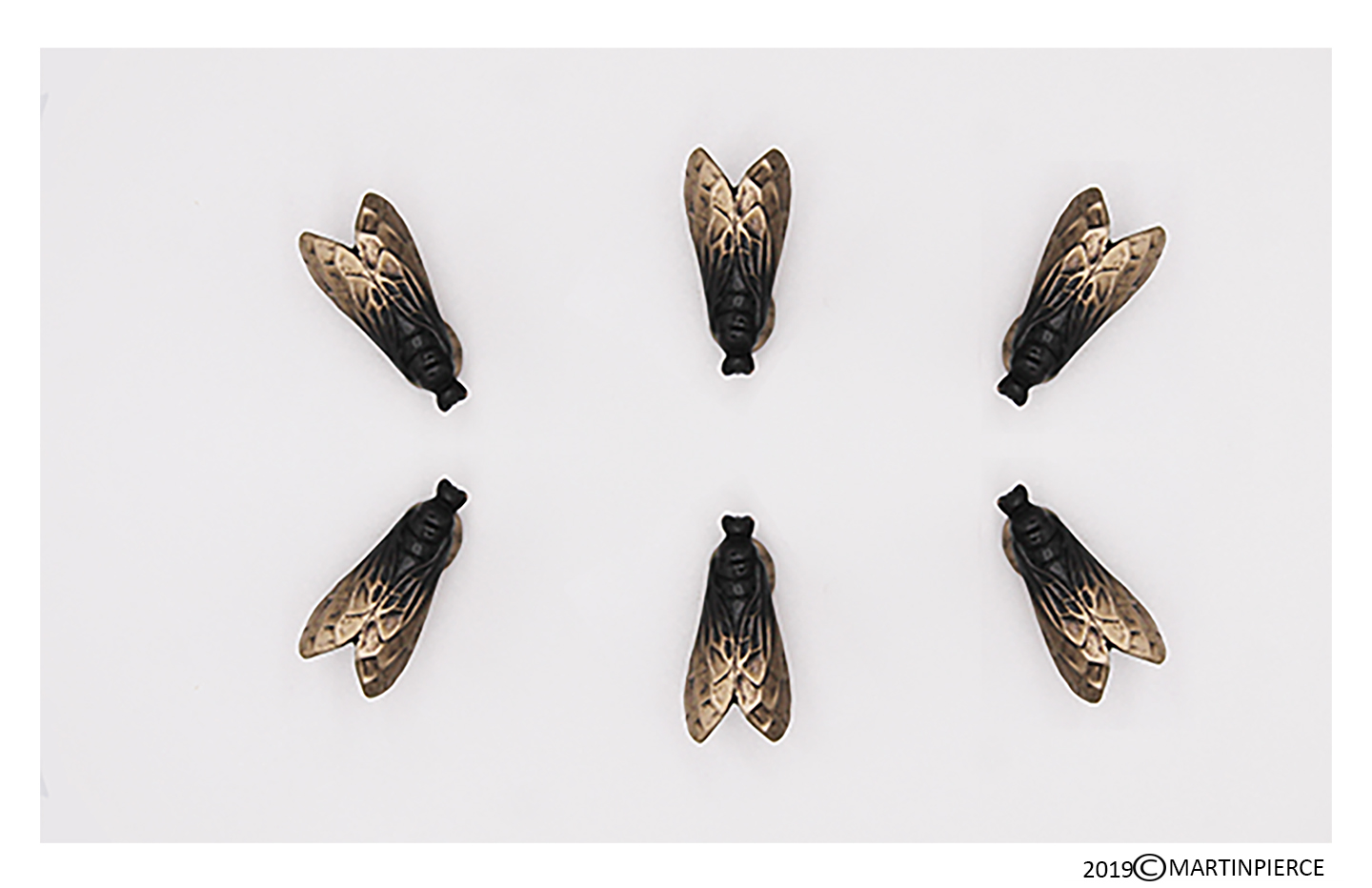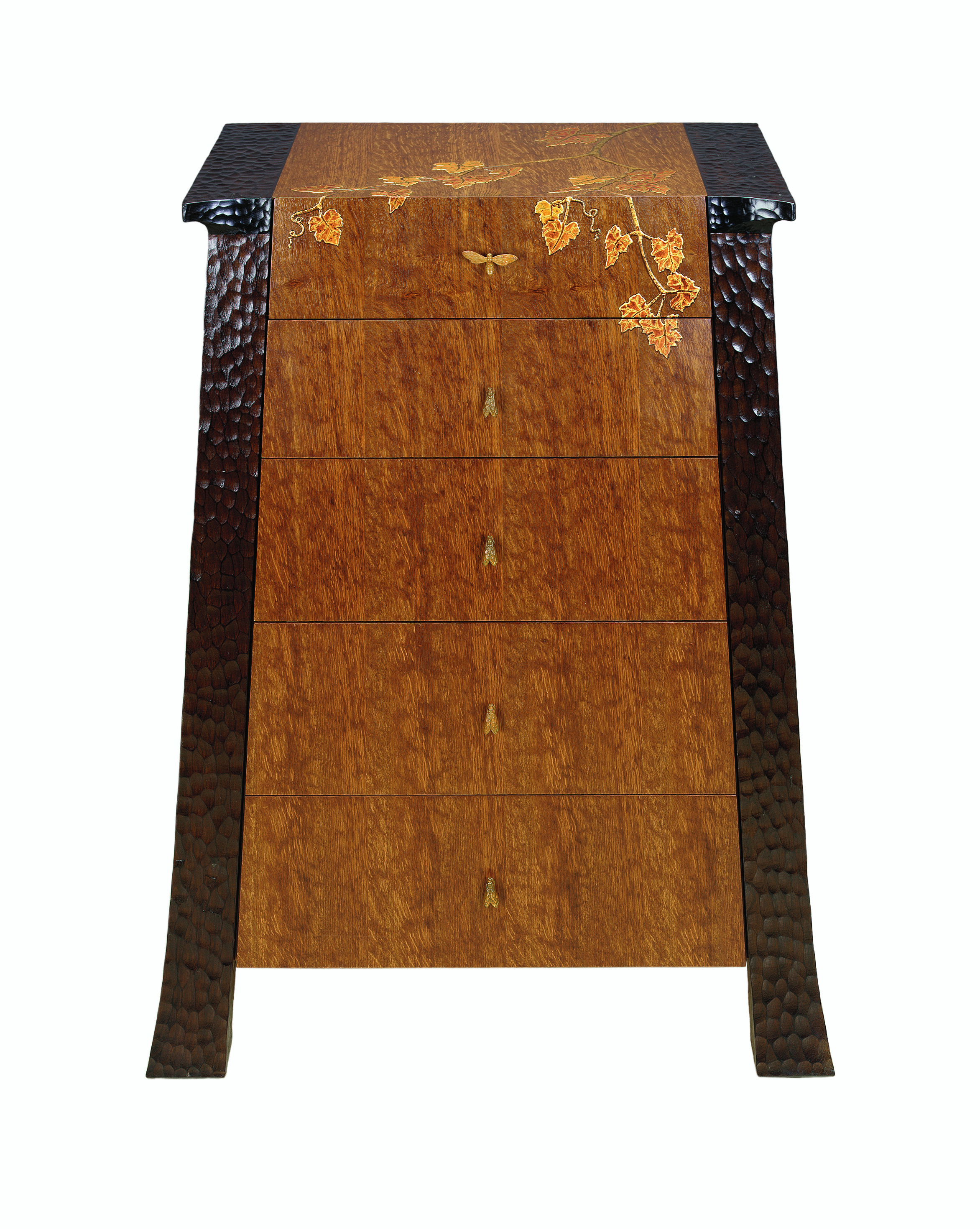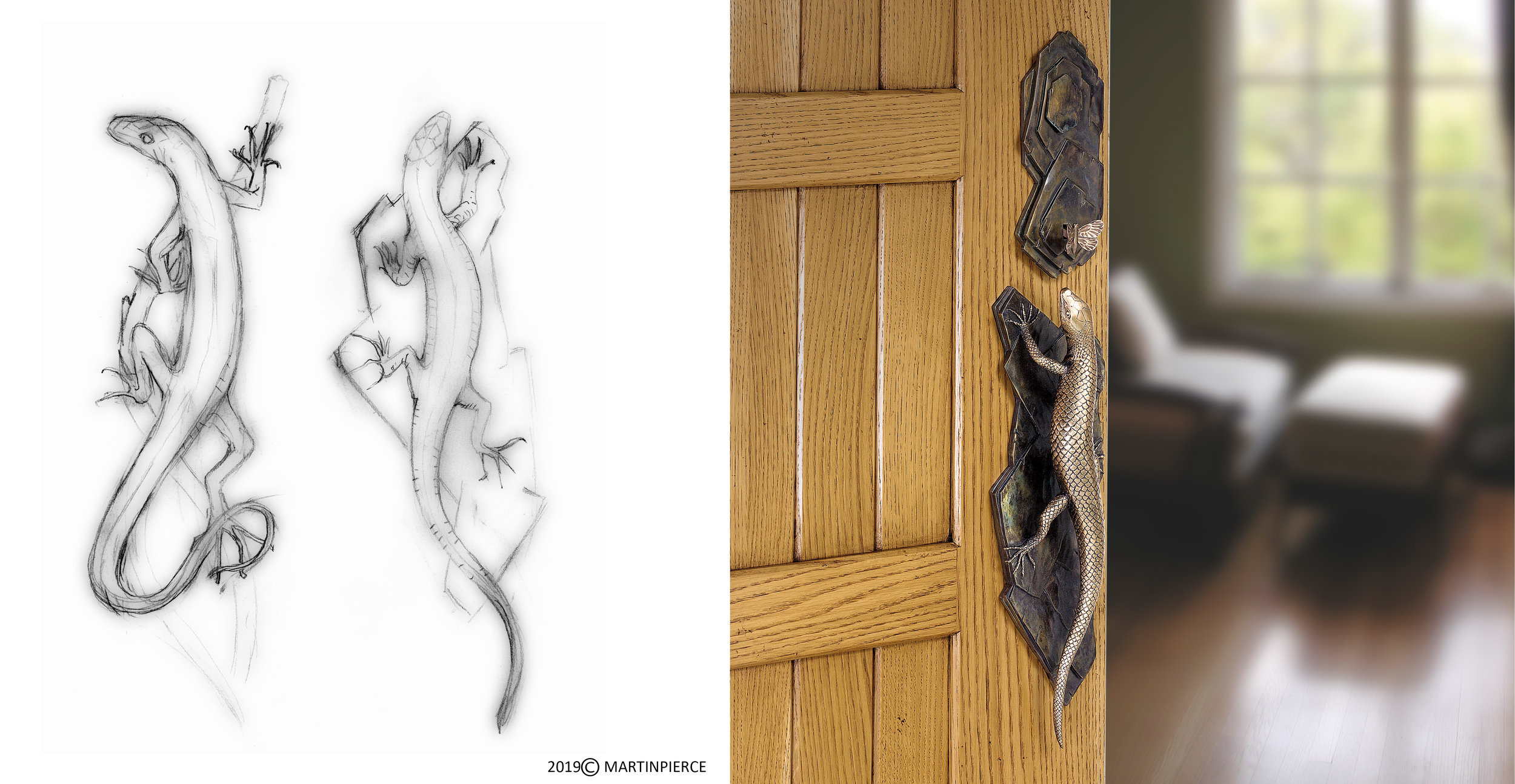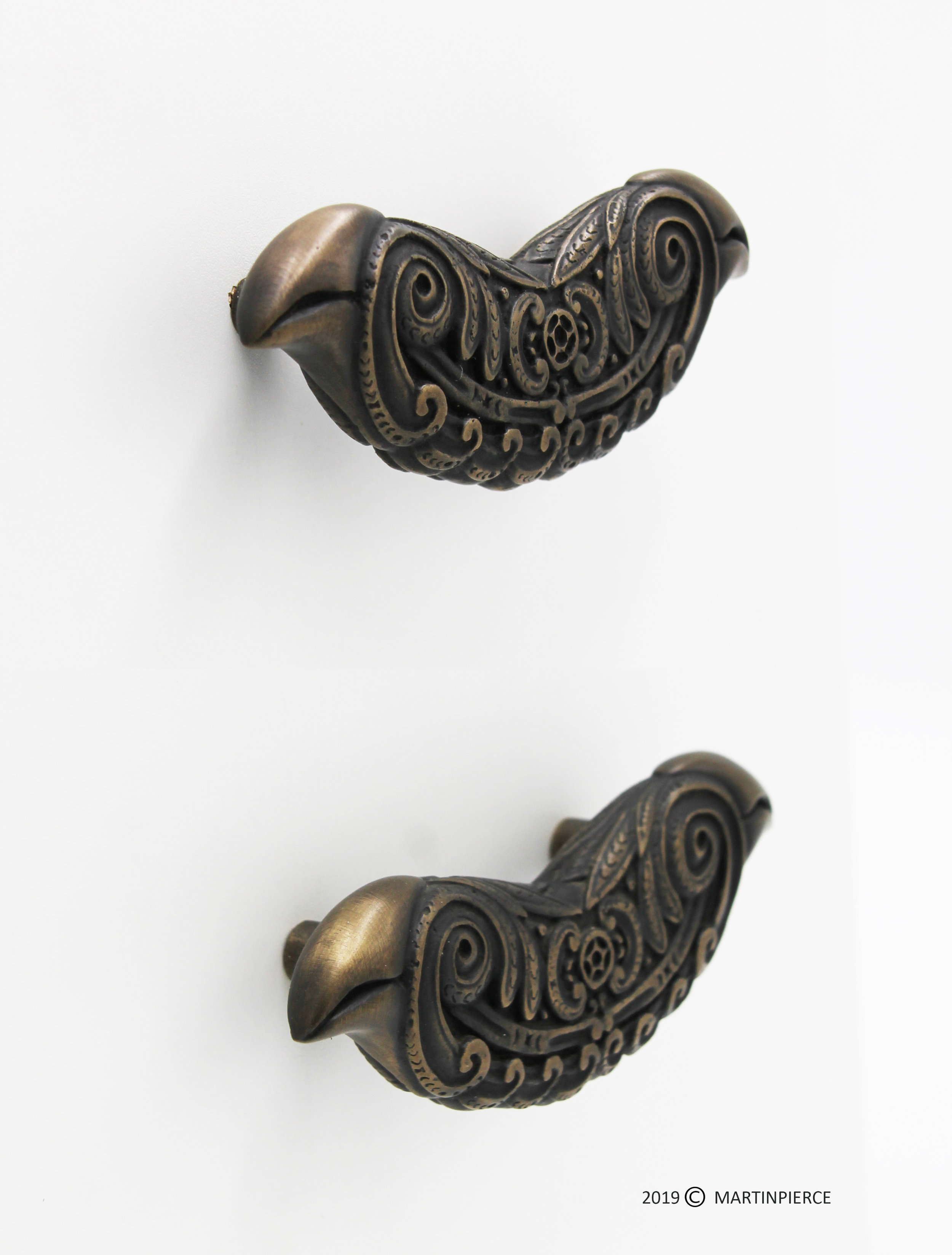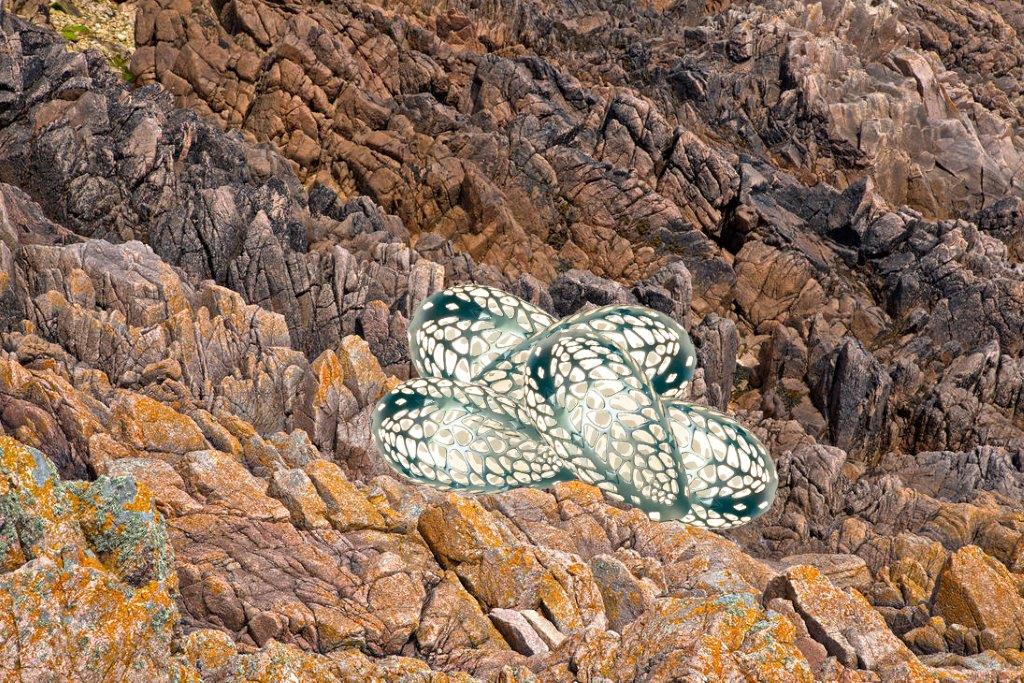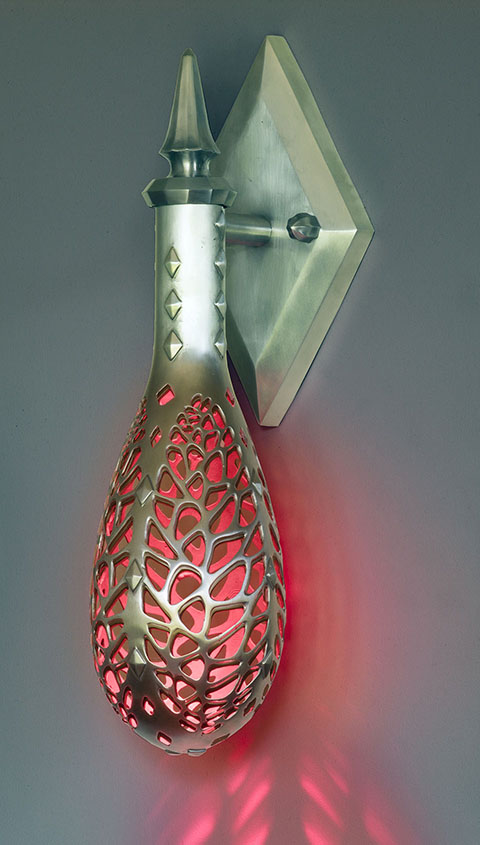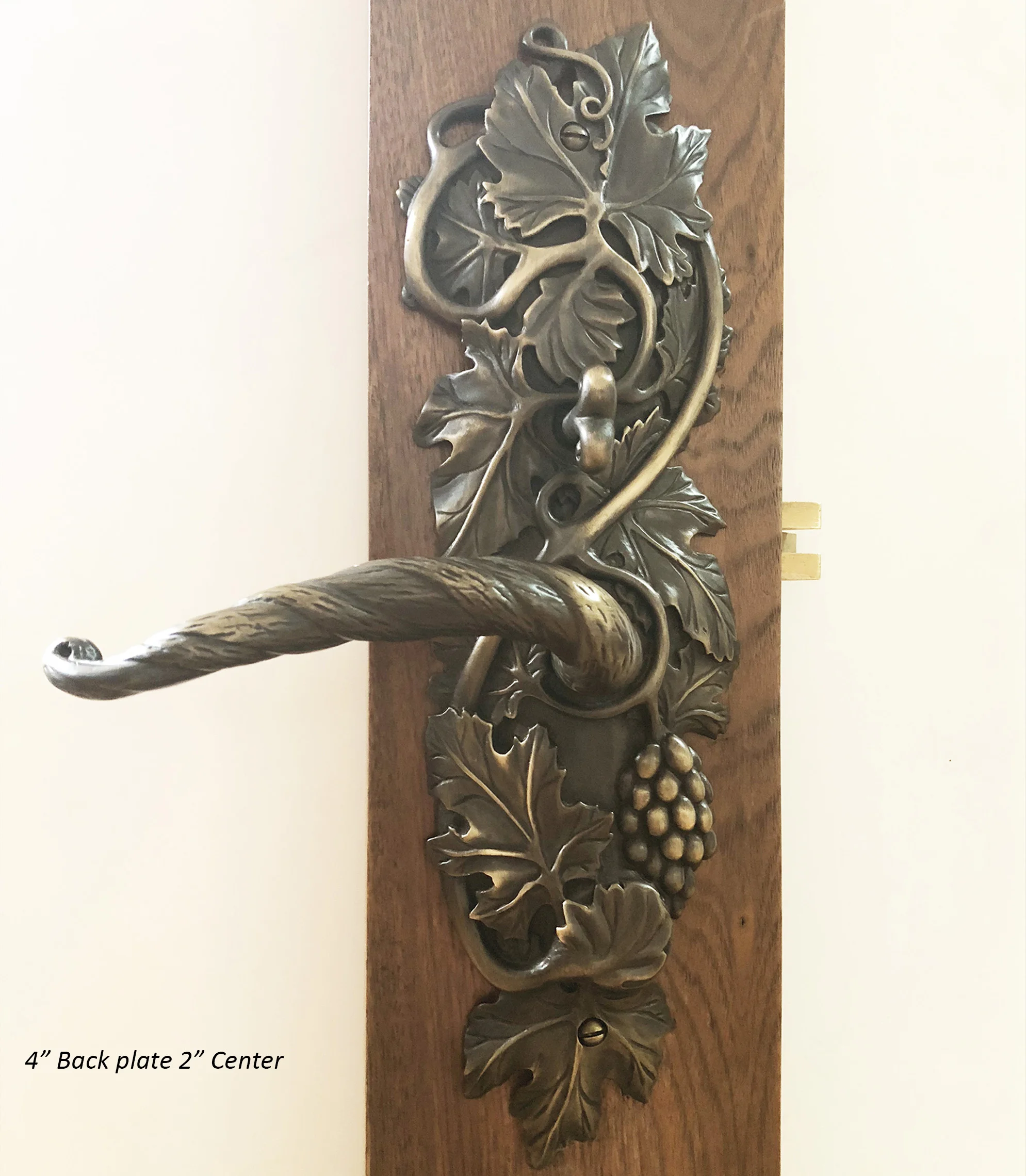When is gold truly gold and when is it polished bronze? This is a tongue in cheek question and the answer reflects (pun intended) the high luster and jewel like appearance of polished bronze.
While we do occasionally gold plate our door hardware and while this clearly adds value to the item, for many, the appearance of gold is what is needed to create an accent to cabinetry.
Bronze is an alloy containing copper and this is what makes it a golden color. Copper and Gold are both elements on the Periodic table Cu and Au respectively and while they are both malleable and were used by early man they differ considerably in terms of scarcity and hence cost. A visit to https://www.jlab.org/ revealed that the “name Copper comes from the Latin Cuprum meaning “from the Island of Cyprus” which is where the Romans obtained the majority of their copper ore. The name gold comes from the Sanskrit word Jval and the Anglo-Saxon word gold.” Gold and bronze are both very soft mediums and in the case of silicon bronze tin and silicon are adding to copper to create a harder more durable alloy.
To create a highly polished surface the casting goes through 3 stages of progressively finer buffing;
First, we buff it using a high strength non-woven nylon disk on a mechanized buffing wheel, as the disk is not woven it is pliable and can buff irregular shapes. The material of the disk contains aluminum oxide a mineral that makes sharp very fine cuts into the surface of the bronze which helps to create consistent brush marks over the entire surface. We use a medium grit disk made by Standard Abrasives.
The piece is then hand polished using a 400-grit fine wet/dry sandpaper.
Lastly, we buff the pull on a cloth buffing wheel. Buffing compound is applied to the edge of the rotating cloth disk and when sufficiently coated the pull is pressed against the edge of the disk to create a high luster.





